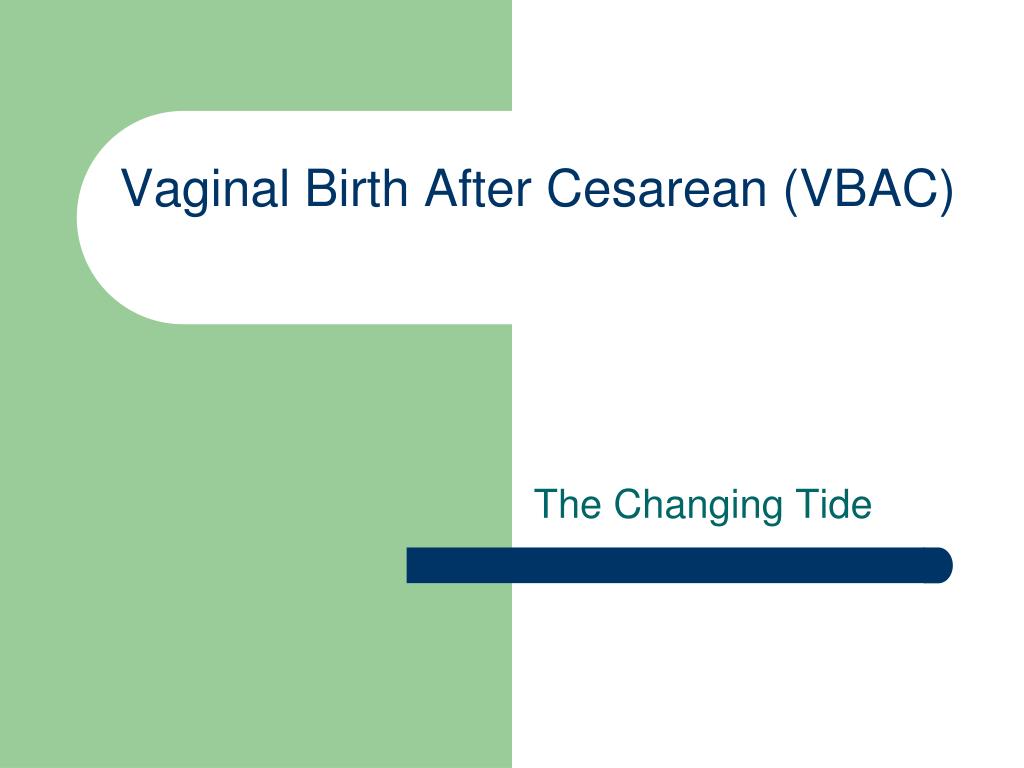

In the early 1970s, when the cesarean delivery rate first began to rise, it was generally felt by medical providers that if a patient had had a cesarean section, she should deliver all future babies by this route. The rate of cesarean delivery peaked in 2009 at 32.9% and was 31.9% in 2016. Since 1970, the rate of cesarean delivery has increased dramatically from 5% in 1970 to 30% in 2005. This activity reviews the evaluation and management of patients undergoing vaginal birth after cesarean delivery and highlights the role of interprofessional team members in collaborating to provide well-coordinated care and enhance outcomes for affected patients. These providers must be knowledgeable regarding intrapartum management of patients undergoing TOLAC and able to recognize and appropriately manage potential complications. Providers caring for patients with prior cesarean section need to counsel patients regarding potential risks and benefits of TOL and the factors which affect the likelihood of successful vaginal delivery. While TOL is an accepted and generally safe practice, serious potential complications include uterine rupture or uterine dehiscence and associated maternal and/or neonatal morbidity. Patients desiring VBAC delivery undergo a trial of labor (TOL), also called trial of labor after cesarean section (TOLAC).

Vaginal birth after cesarean section (VBAC) describes a vaginal delivery in a women who has given birth via cesarean section in a former pregnancy.


 0 kommentar(er)
0 kommentar(er)
